This is a scrumptious example of the ingenious cooking of Cucina Povera, Italy’s kitchen of the poor. Thanks to a few simple techniques, it turns a humble assortment of veg, beans and freshly made pasta into a hearty and creamy one-pot dish.
Lolli con Fave is a traditional recipe from Modica, Sicily. It champions the local Fava Cottoia di Modica beans (broad beans), which are protected under the Slow Food presidium. This specific fava bean variety can be difficult to find outside of Sicily, but you can substitute them with Egyptian-style large fava beans, or even other similar-sized beans (cooking time might vary).
It’s the unique way this dish is cooked that turns it into something special. By adding common veg like onion, celery and carrot to the pan along with the beans, they slowly turn the water into a veg stock as it simmers, thereby flavouring the beans. The addition of a diced, peeled potato is another clever Cucina Povera trick. By the time the beans are fully cooked, the potato will have disintegrated into the stock, turning it rich & creamy.
The slow-cooked beans are traditionally accompanied by freshly made durum-wheat pasta called lolli, which is one of the easiest pasta shapes to make at home and which are eventually cooked together with the beans in the same pan.
Saving Time
With such few ingredients, taking the time to cook the beans properly and making your own pasta really is key to achieving the best flavour and texture. However, you can of course speed things up by using store-bought pasta. I’d not recommend using jarred or tinned beans, as you won’t allow enough time to create a creamy stock, which really is the highlight of this dish.
Leftovers
If you intend to keep leftovers for the next day, I recommend taking that amount of the bean stew out of the pan before adding the desired amount of the pasta. You can let any leftover pasta dry out on a tray at room temperature. That way, you won’t end up with soggy lolli that have soaked in the stew overnight.
Storage
You can keep the leftover bean stew for 2-3 days in the fridge and dry out any leftover lolli on a tray at room temperature for 1-2 days. Then either use it immediately or store in a jar for a few weeks.
serves 4
Ingredients
Fava Beans
-
300g fava beans
-
1 tsp baking soda
-
1 small onion
-
1 potato
-
1 carrot
-
2 celery sticks
-
1 bay leaf
-
1 tbsp tomato paste
-
1l water
-
1 tbsp salt
-
Extra virgin olive oil
-
Chilli flakes
Lolli
-
300g semolina flour (durum wheat flour)
-
1/2 tsp salt
-
1 tbsp extra virgin olive oil
-
150 ml lukewarm water
Method
Soak the fava beans together with the baking soda in plenty of water overnight.
The next day, peel and roughly chop the onion and potato, then roughly chop the carrot and celery sticks. Drain the fava beans, give them a rinse and add them to a large pan along with the chopped veg, bay leaf, tomato paste and water. Bring to a boil, then cover the pan with a lid and cook for 1 1/2 hours or until the fava beans are tender and the potatoes have disintegrated, stirring occasionally to avoid the starches sticking to the bottom of the pan. Also make sure you have plenty of space left in the pan, otherwise the liquid will rise and boil over. If the pan isn’t large enough, keep the lid ajar and top up the water when necessary.
In the meantime, make the lolli. Tip the flour onto a work surface and make a well in the middle. Add the salt and extra virgin olive oil to the well, then pour in about half of the water and begin to mix everything together into a rough dough, adding the rest of the water little by little as you go. Once it’s all come together, knead the dough for around 5 minutes until it is smooth and elastic. At this point, you can cover the dough with a bowl and let it rest for 30 minutes to let the gluten develop, which will make it easier to handle. But for this pasta shape, you can also continue straightaway. When you’re ready, cut the dough into 1/2 cm slices and roll each slice into 1 cm wide cords, similar to breadsticks (make sure to cover the dough you’re not handling with a towel to prevent it from drying out). Then use a knife to cut each cord into 5 cm pieces. Use your index, middle and ring finger to drag each piece of dough over the surface to make the lolli shape. Continue with the rest of the dough until all of the pasta is ready. You can keep the shaped pasta on a lightly floured baking tray until later.
At this point, the fava beans should have absorbed most of the water but still be just about covered. Season them with the salt and a generous drizzle of extra virgin olive oil and cook for another 15 minutes to let the beans absorb the salt. In the meantime, bring a kettle of water to a boil. After the 15 minutes, add the lolli straight into the pan with the beans*, add enough boiling water from the kettle to generously cover them and cook them for around 10 minutes until they still have a pleasant chew, but no chalkiness in the centre. By now, the leftover liquid should have turned into a creamy sauce, but you can still remove any excess water if necessary.
*Tip: I usually only cook half of the pasta on the day and use the leftover fresh the next day. In that case, dust a baking tray with semolina flour, transfer half of the lolli onto the tray and leave them overnight.
When the pasta is ready, divide the lolli con fave over 4 plates and finish it with some chilli flakes and a drizzle of extra virgin olive oil.
Storage: Refrigerate the leftover bean stew for 2-3 days in the fridge. Dry out any leftover lolli on a tray at room temperature for 1-2 days. Then either use immediately, or store in a jar for a few weeks.
As an Amazon Associate I receive a small commission from affiliate links on this page.

Lolli con Fave (Pasta with Fava Beans)
Ingredients
Fava Beans
- 300 g fava beans
- 1 tsp baking soda
- 1 small onion
- 1 potato
- 1 carrot
- 2 celery sticks
- 1 bay leaf
- 1 tbsp tomato paste
- 1 l water
- 1 tbsp salt
- Extra virgin olive oil
- Chilli flakes
Lolli
- 300 g semolina flour (durum wheat flour)
- 1/2 tsp salt
- 1 tbsp extra virgin olive oil
- 150 ml lukewarm water
Instructions
- Soak the fava beans together with the baking soda in plenty of water overnight.
- The next day, peel and roughly chop the onion and potato, then roughly chop the carrot and celery sticks. Drain the fava beans, give them a rinse and add them to a large pan along with the chopped veg, bay leaf, tomato paste and water. Bring to a boil, then cover the pan with a lid and cook for 1 1/2 hours or until the fava beans are tender and the potatoes have disintegrated, stirring occasionally to avoid the starches sticking to the bottom of the pan. Also make sure you have plenty of space left in the pan, otherwise the liquid will rise and boil over. If the pan isn’t large enough, keep the lid ajar and top up the water when necessary.
- In the meantime, make the lolli. Tip the flour onto a work surface and make a well in the middle. Add the salt and extra virgin olive oil to the well, then pour in about half of the water and begin to mix everything together into a rough dough, adding the rest of the water little by little as you go. Once it’s all come together, knead the dough for around 5 minutes until it is smooth and elastic. At this point, you can cover the dough with a bowl and let it rest for 30 minutes to let the gluten develop, which will make it easier to handle. But for this pasta shape you can also continue straightaway. When you’re ready, cut the dough into 1/2 cm slices and roll each slice into a 1 cm wide cords, similar to breadsticks (make sure to cover the dough you’re not handling with a towel to prevent it from drying out). Then use a knife to cut each cord into 5 cm pieces. Use your index, middle and ring finger to drag each piece of dough over the surface to make the lolli shape. Continue with the rest of the dough until all of the pasta is ready. You can keep the shaped pasta on a lightly floured baking tray until later.
- At this point, the fava beans should have absorbed most of the water but still be just about covered. Season them with the salt and a generous drizzle of extra virgin olive oil and cook for another 15 minutes to let the beans absorb the salt. In the meantime, bring a kettle of water to a boil. After the 15 minutes, add the lolli straight into the pan with the beans*, add enough boiling water from the kettle to generously cover them and cook them for around 10 minutes until they still have a pleasant chew, but no chalkiness in the centre. By now, the leftover liquid should have turned into a creamy sauce, but you can still remove any excess water if necessary.
- *Tip: I usually only cook half of the pasta on the day and use the leftover fresh the next day. In that case, dust a baking tray with semolina flour, transfer half of the lolli onto the tray and leave them overnight.
- When the pasta is ready, divide the lolli con fave over 4 plates and finish it with some chilli flakes and a drizzle of extra virgin olive oil.
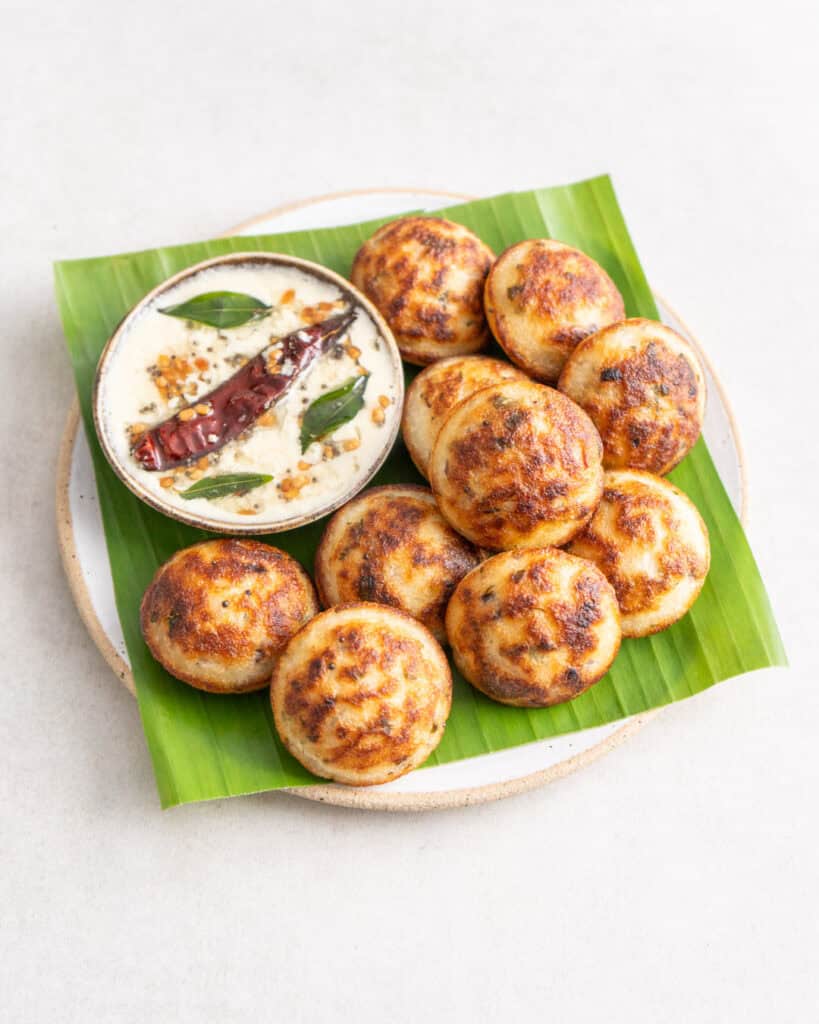

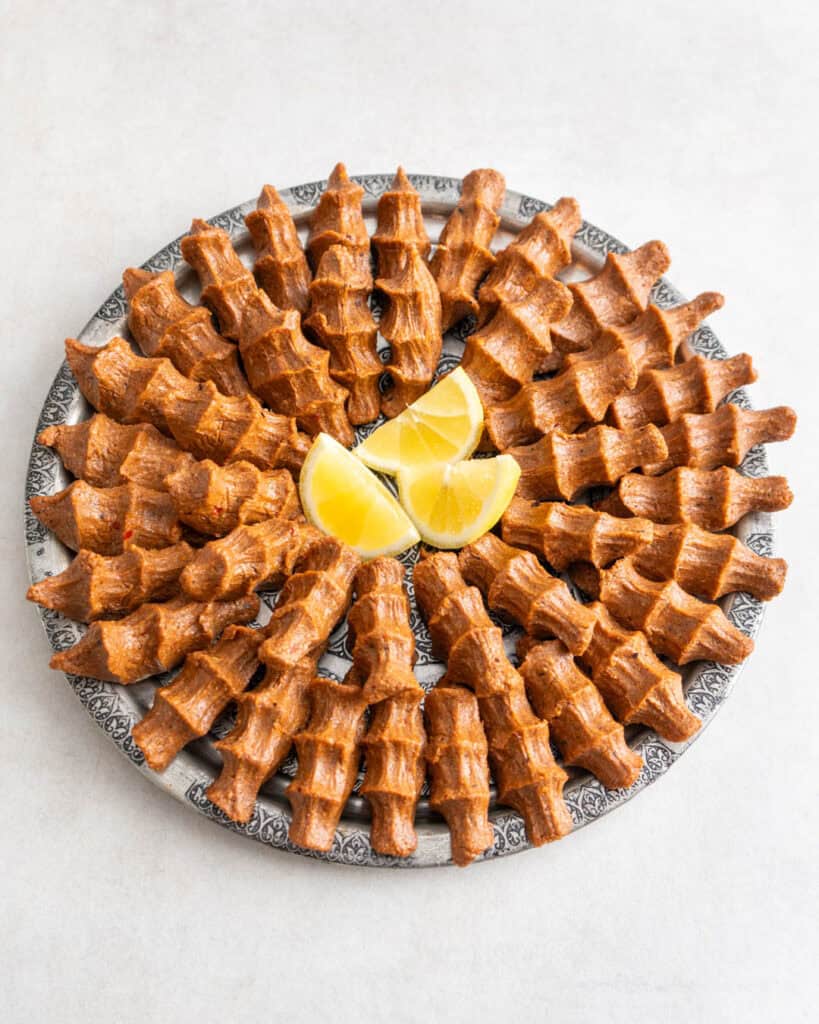
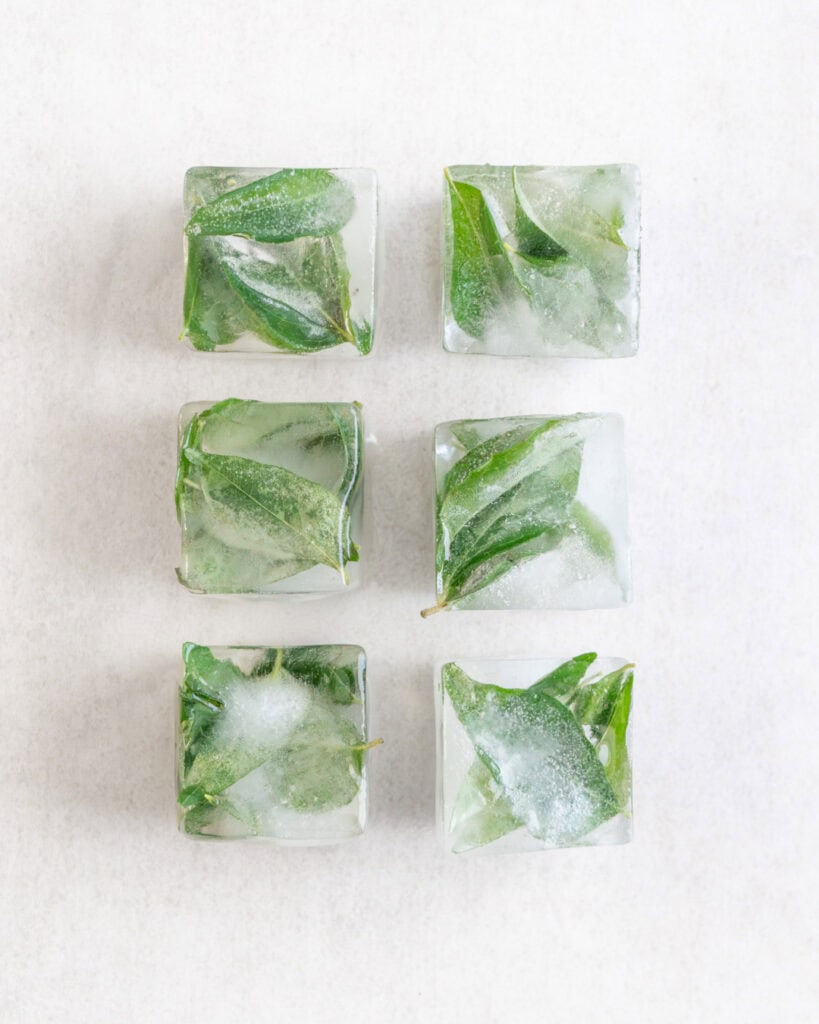
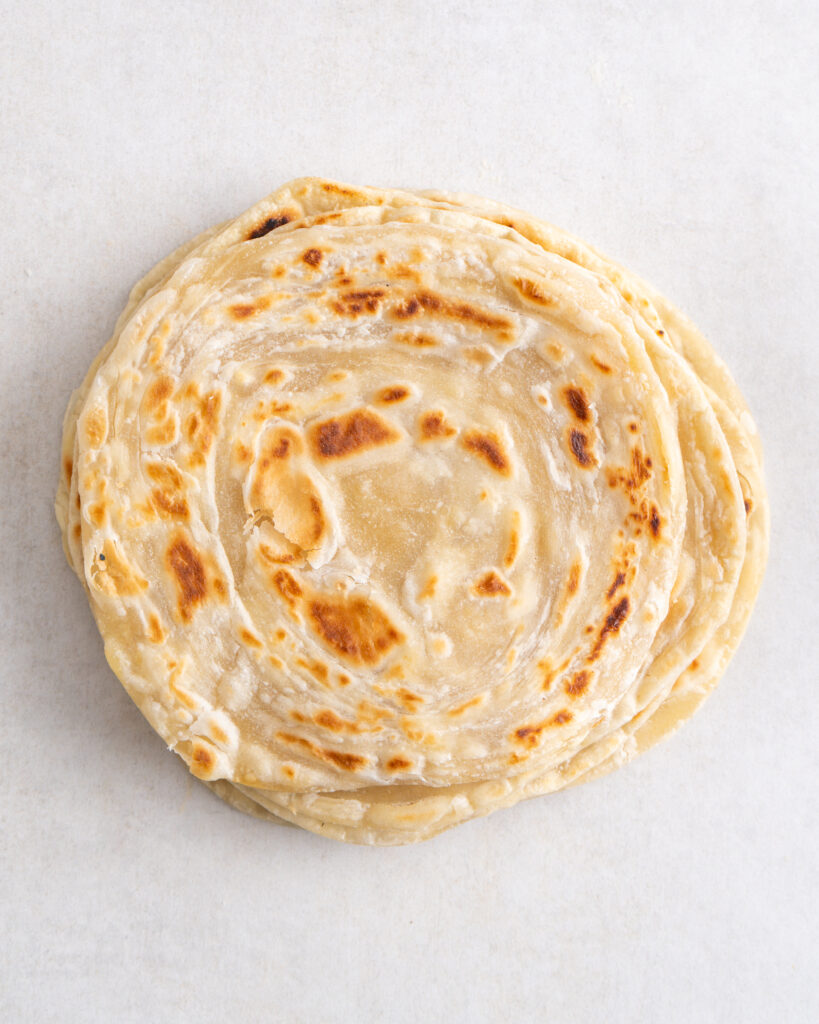
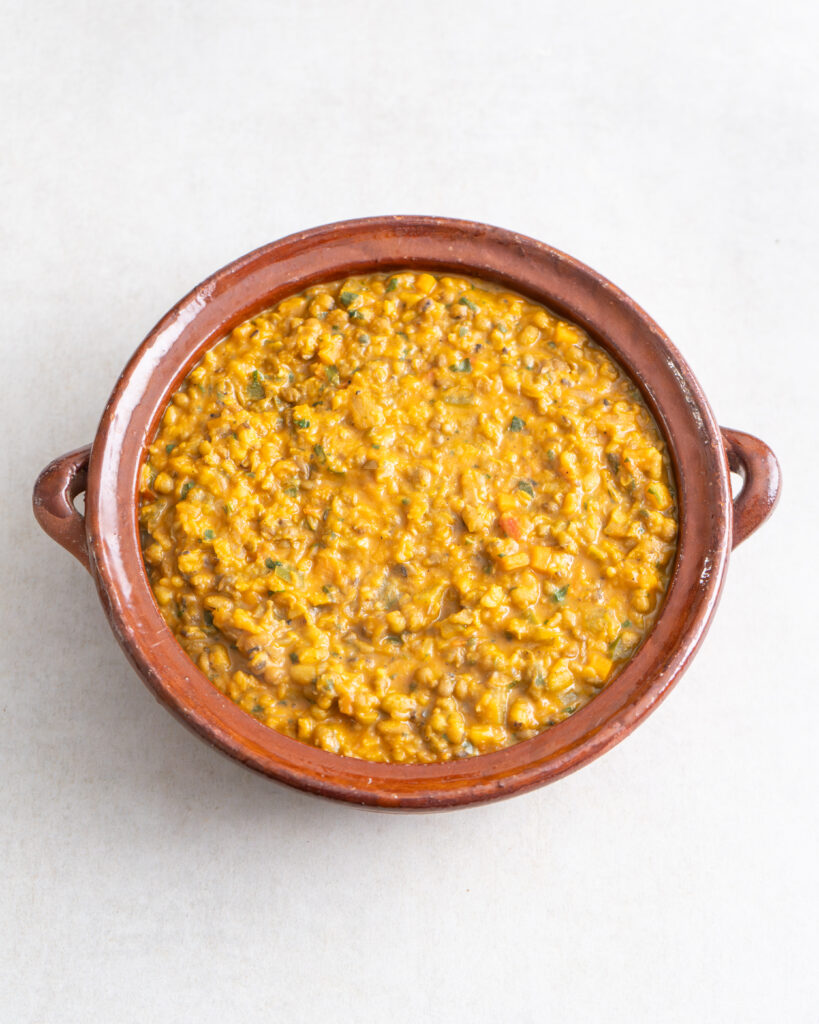
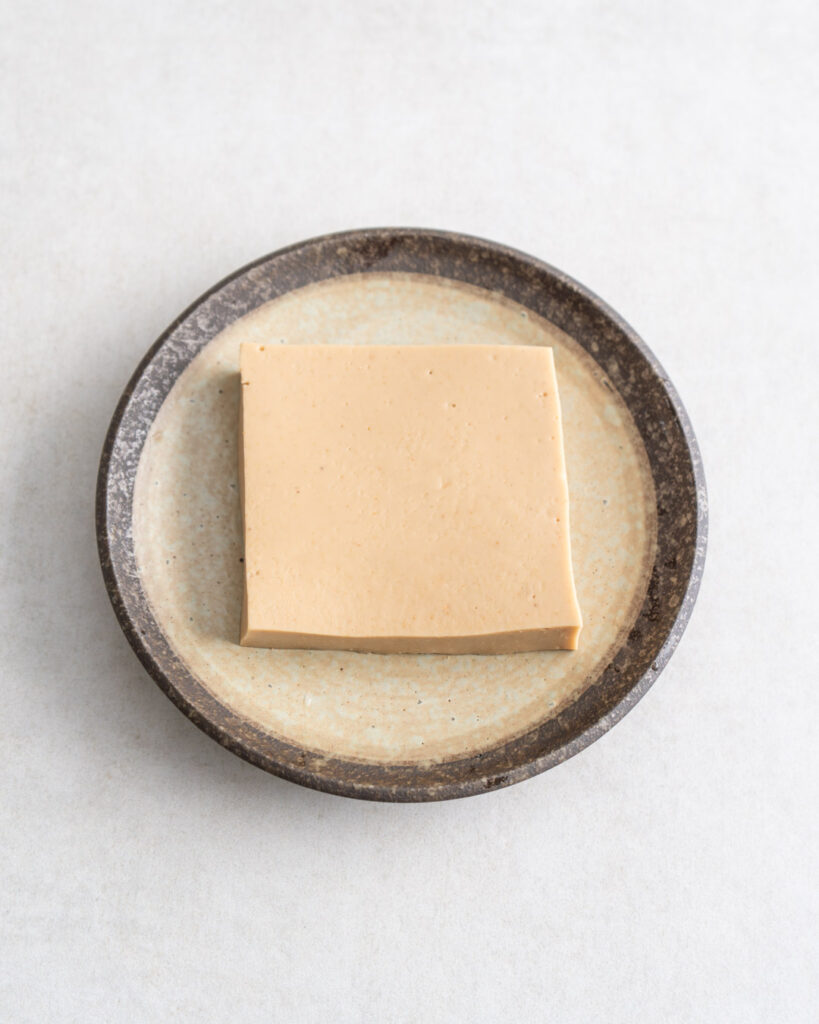
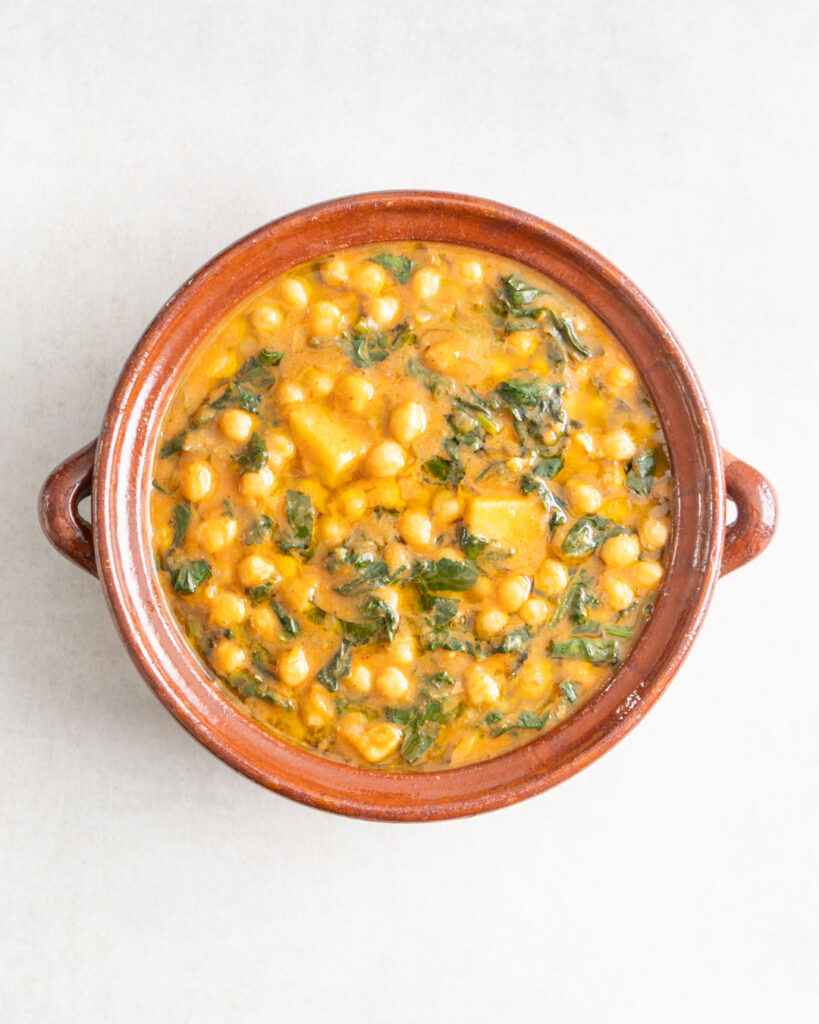
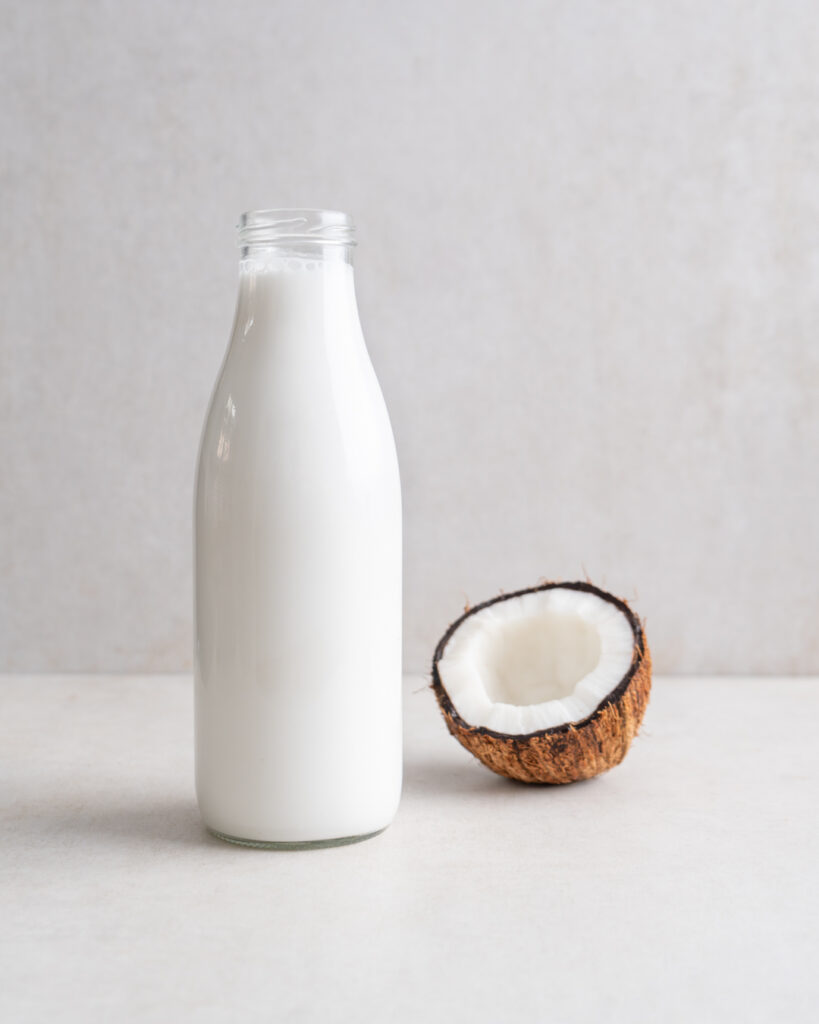
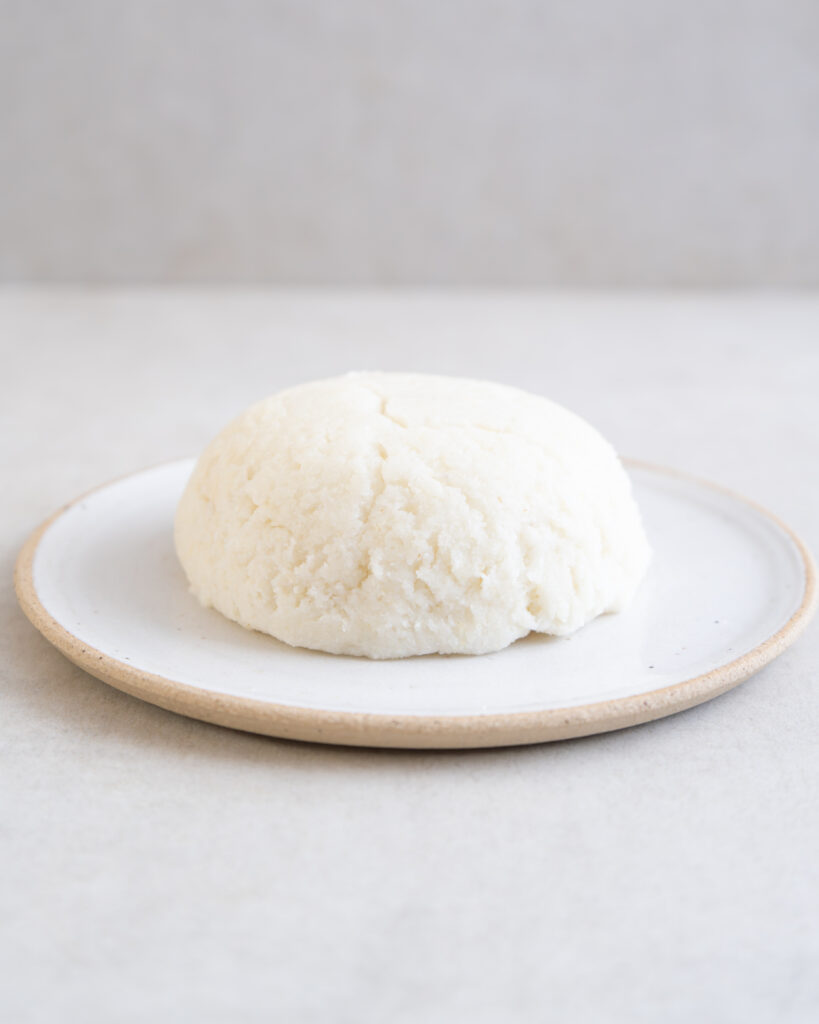

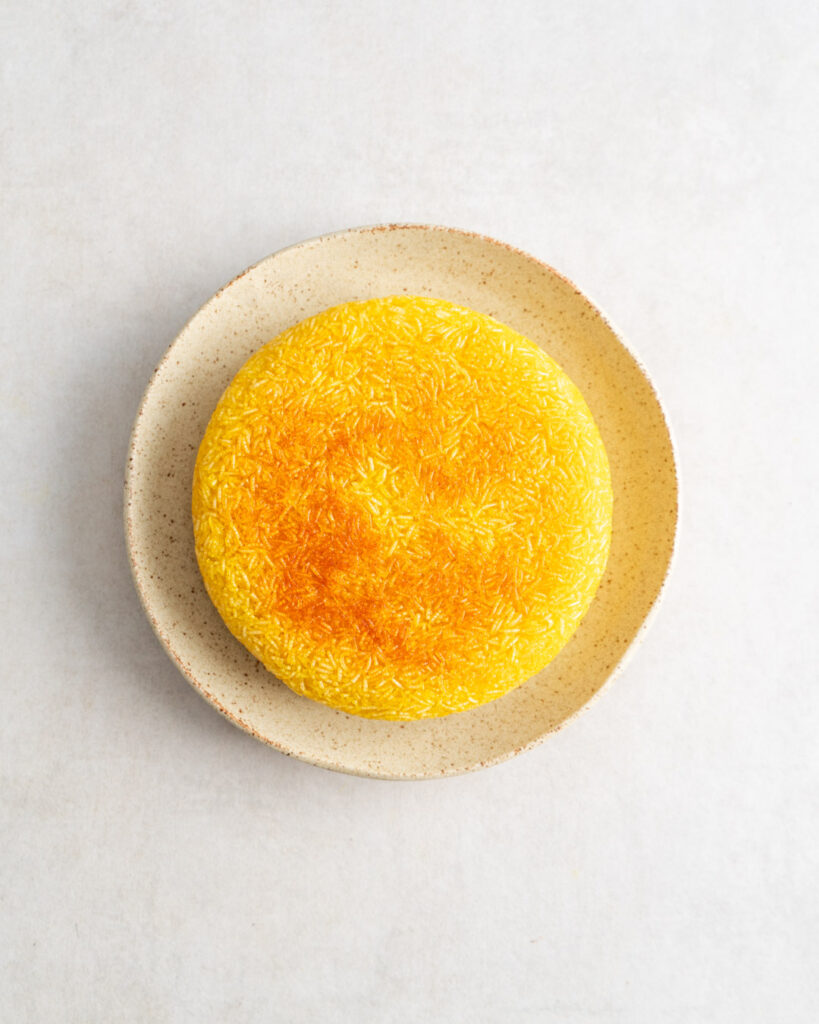


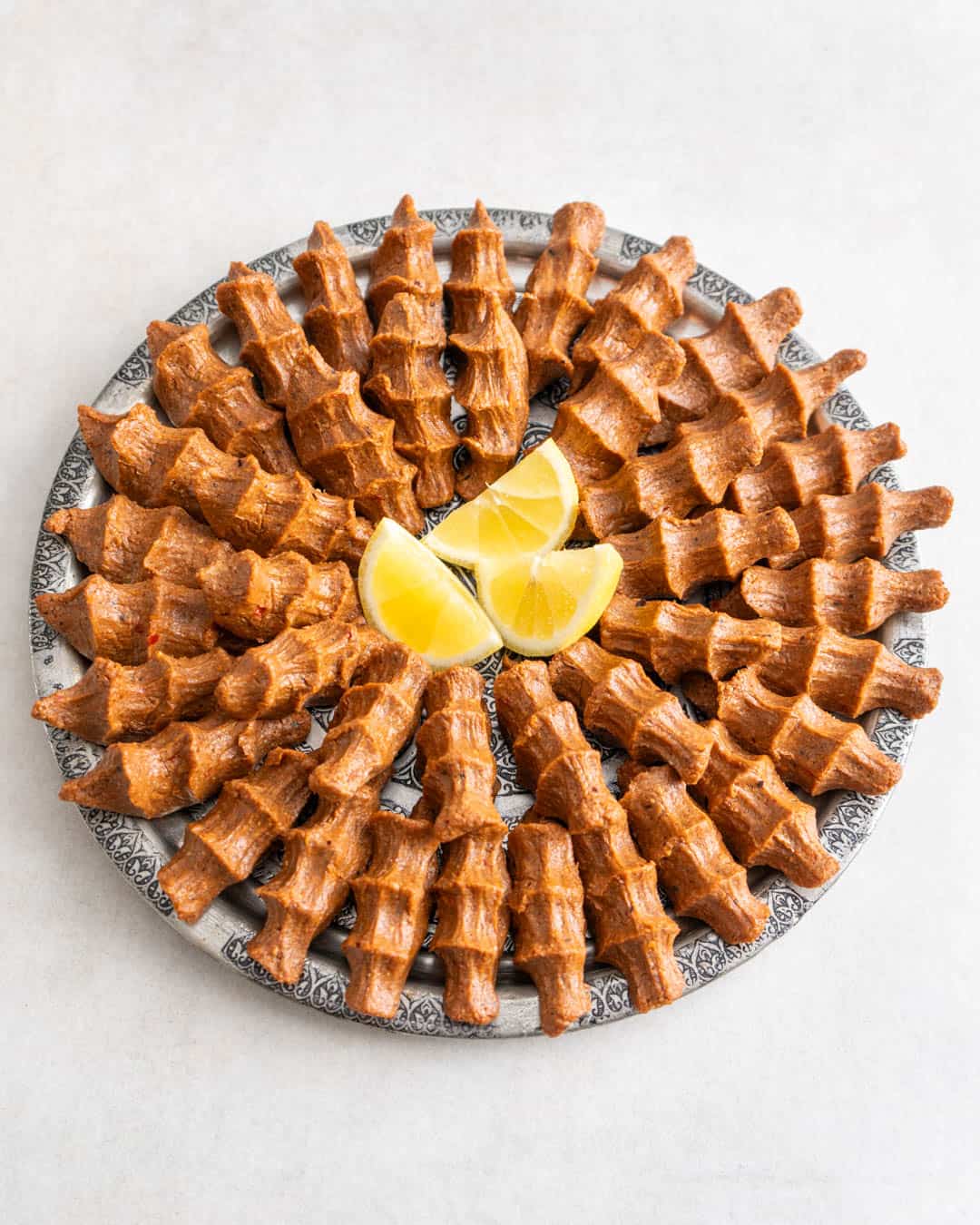
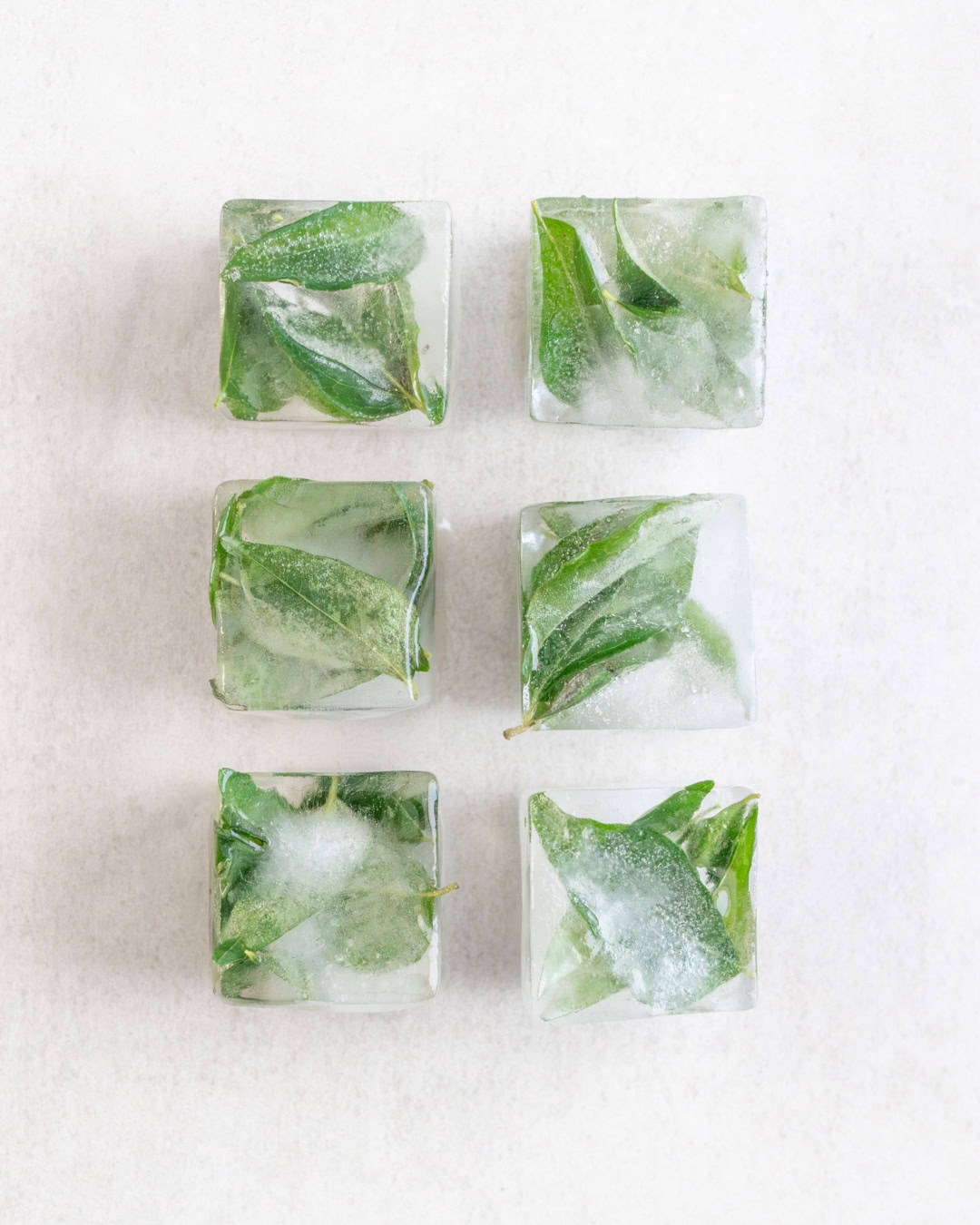








WHOA!
Haha ☺️
Thank you for this recipe and your efford, I had this one saved on instagram for half of the year and now i am finally making this dish!!! I am so excited, thank you for all the work you did.
I wish you all the best, all the love ♥
Amazing!! Hope you liked it! ☺️